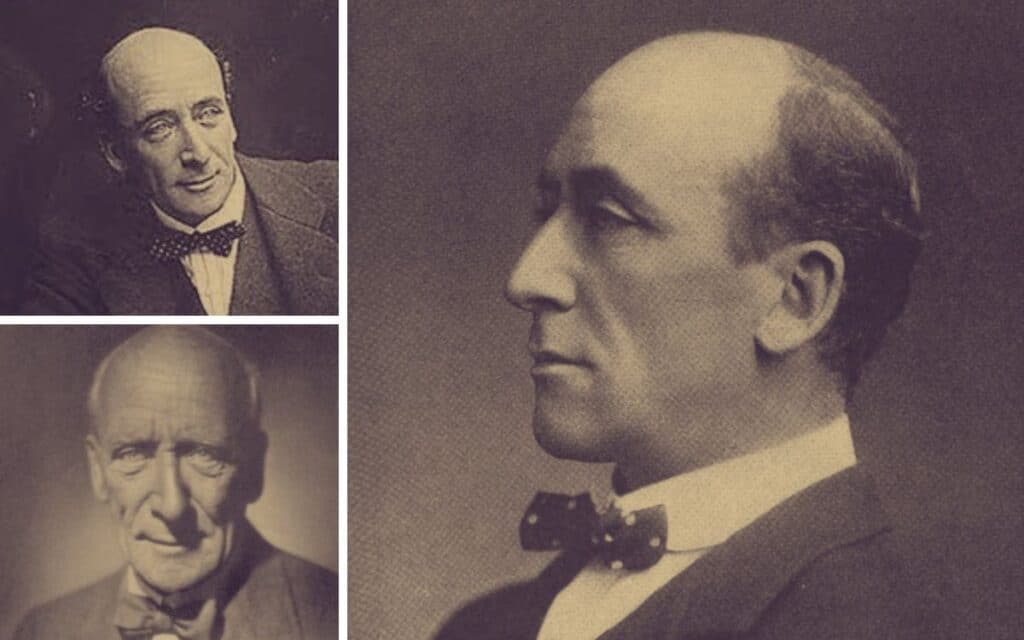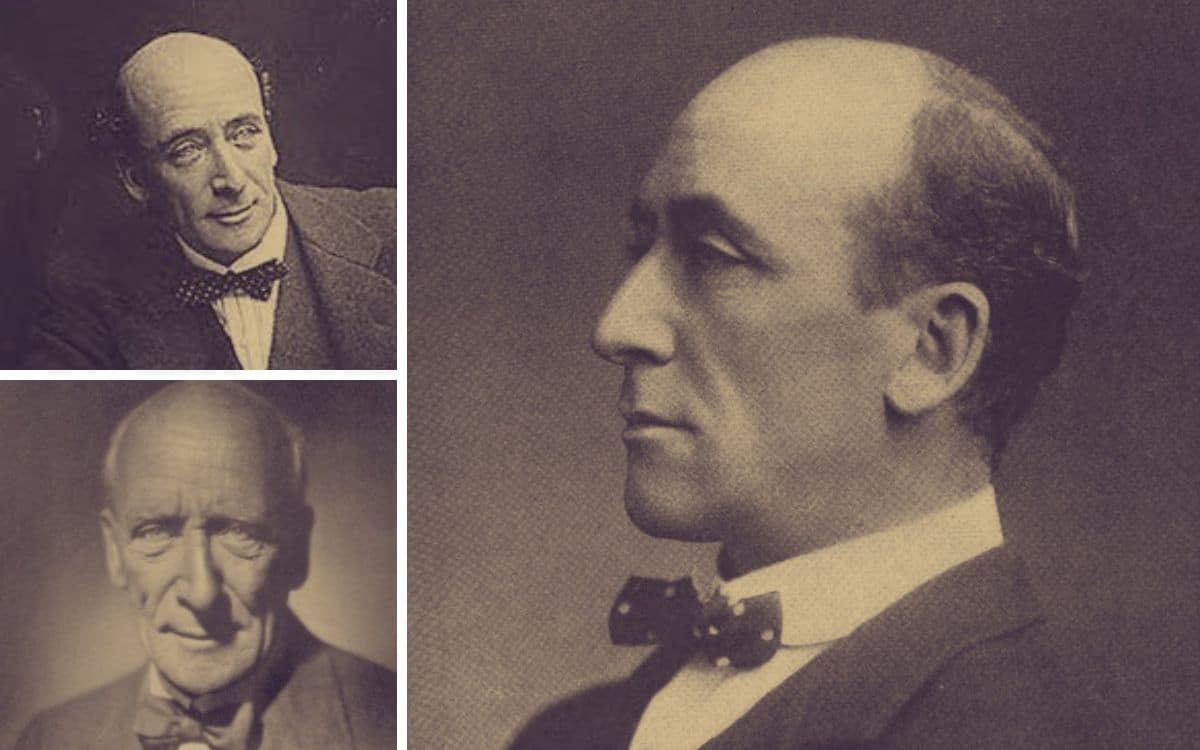We celebrate the life of British horror writer Algernon Blackwood and look back on how his work still influences the way we see horror writing today…

Algernon Blackwood was a English writer who is widely regarded as one of the most influential horror writers of the 20th century.
His works have inspired generations of horror writers, and his influence can be seen in the works of authors such as H.P. Lovecraft and Stephen King.
Blackwood’s writing is characterised by its focus on the supernatural and the unknown, and his ability to create an atmosphere of fear and dread.
His early years and background
Algernon Blackwood was born on 14 March 1869 in Shooter’s Hill, a suburb of London.
His father was a wealthy businessman, and Blackwood was educated at private schools in England and Switzerland.
After leaving school, he worked as a clerk in his father’s business and then as a journalist.
Blackwood’s work as a horror writer
Blackwood’s first book, The Empty House and Other Ghost Stories, was published in 1906.
This collection of stories established Blackwood as a master of the supernatural. His stories often focused on the natural world and the unknown, and he had a keen interest in the occult.
Blackwood’s most famous work is The Willows, a novella published in 1907. It tells the story of two friends who take a canoe trip down the Danube River and encounter a supernatural presence in the form of the willow trees that line the riverbanks.
The story is considered a masterpiece of atmospheric horror and ione of the greatest works of supernatural fiction ever written.
Another notable work by Blackwood is The Wendigo, published in 1910. This story tells the tale of a group of hunters in the Canadian wilderness who encounter a supernatural creature known as the Wendigo. The story is notable for its depiction of the natural world and its use of Native American mythology.
Blackwood’s legacy
Algernon Blackwood died in London on 10 December 1951, aged 82.
His influence on horror literature cannot be overstated. His works inspired generations of horror writers, and his legacy can be seen in the works of authors such as H.P. Lovecraft and Stephen King.
Blackwood’s ability to create an atmosphere of fear and dread, and his focus on the supernatural and the unknown, have made him one of the most important writers in the horror genre.
List of Algernon Blackwood’s greatest works:
- The Empty House and Other Ghost Stories (1906) Blackwood’s first collection of stories established him as a master of the supernatural.
- The Willows (1907) A novella about two friends who encounter a supernatural presence on a canoe trip down the Danube River.
- The Wendigo (1910) A story about a group of hunters who encounter a supernatural creature in the Canadian wilderness.
- The Man Whom the Trees Loved (1912) A story about a man who becomes obsessed with trees and begins to believe that they have a consciousness of their own.
- The Centaur (1911) A story about a man who has a vision of a centaur and becomes obsessed with the idea of becoming one himself.
- The Glamour of the Snow (1913) A story about a man who becomes obsessed with a mysterious woman who appears to him during a snowstorm.
- Ancient Sorceries (1927) A collection of stories about ancient rituals and dark magic.
Each of these works showcases Blackwood’s ability to create an atmosphere of fear and dread, and his focus on the supernatural and the unknown. They are all worth reading for fans of horror and supernatural fiction.
What is your favourite Algernon Blackwood story? Tell us in the comments section below!
Watch Algernon Blackwood Lock Your Door Video
In this 1949 short film, Algernon Blackwood retells his spooky tale of Lock Your Door.



